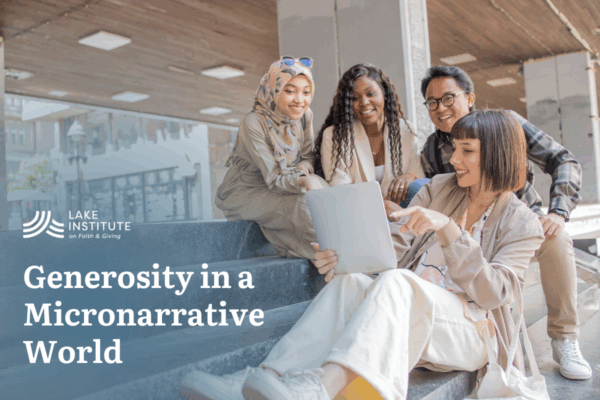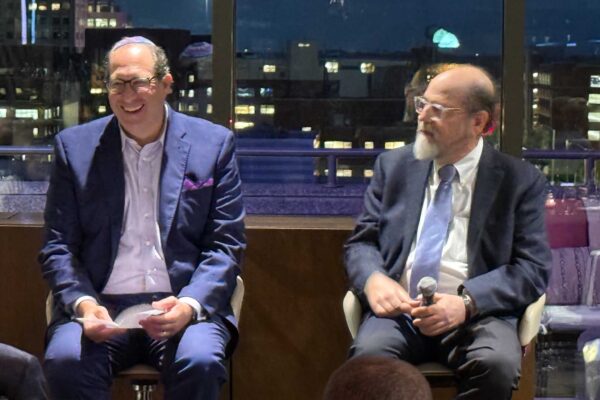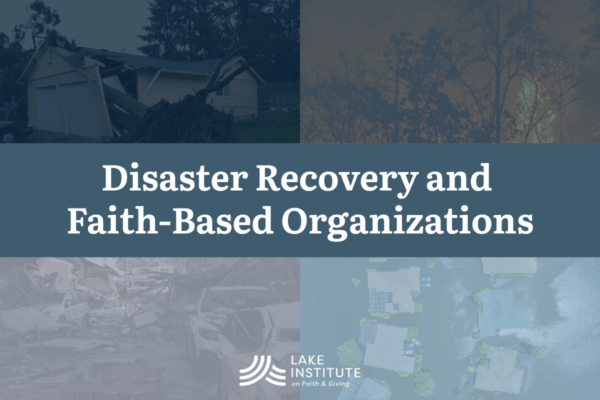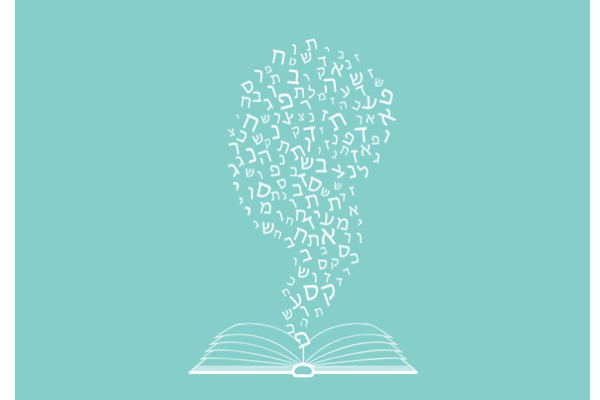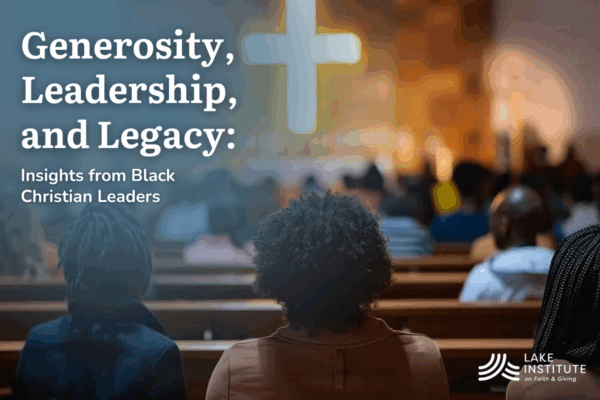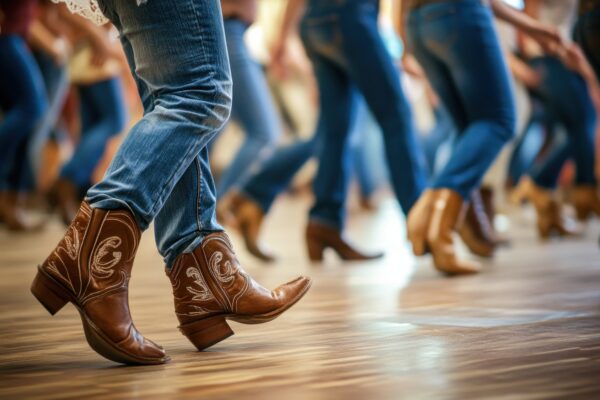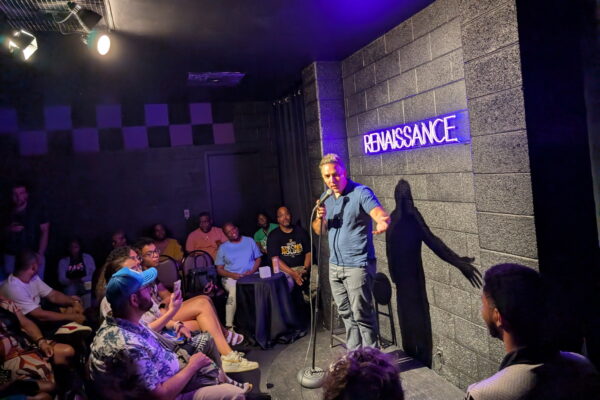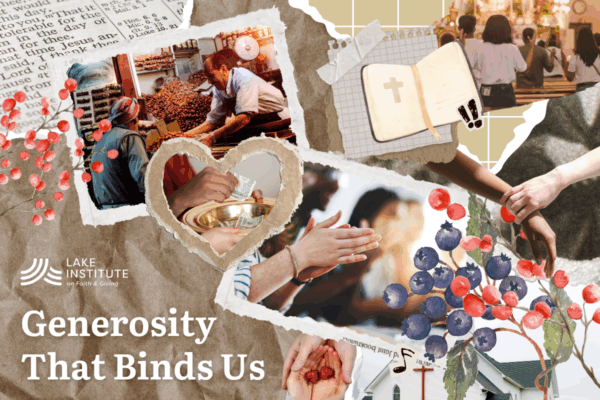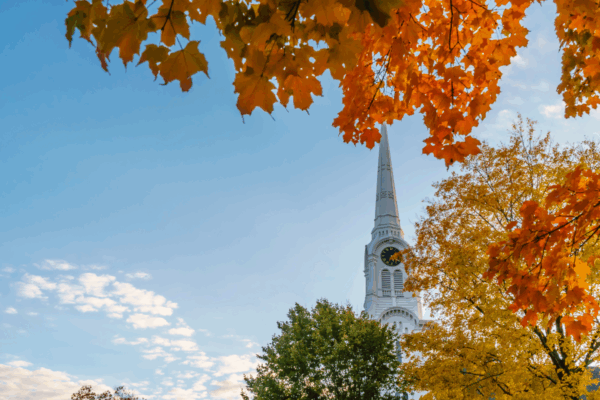In this week's Insights, Josh Packard, PhD, highlights how younger generations express generosity through small, authentic acts of impact—micronarratives that prioritize trust, immediacy, and connection over institutional giving. David Edwards offers a lived example of that same spirit through a childhood lesson in presence and sacrifice. Together, their reflections reveal that generosity today is less about grand gestures or systems and more about showing up intentionally, faithfully, and meaningfully for others.
